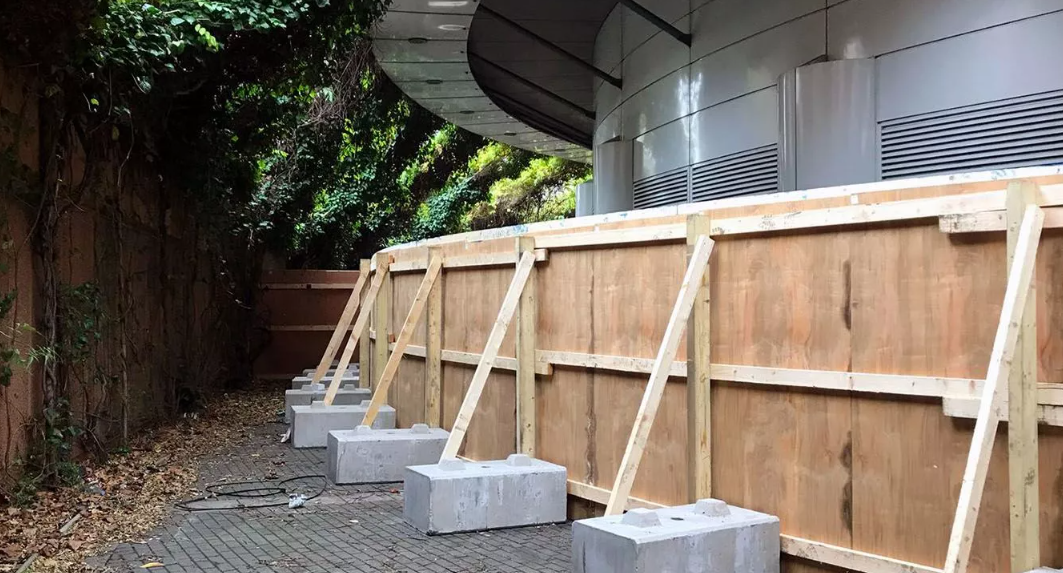Timber site hoarding is a popular choice for construction projects due to its durability, aesthetic appeal, and eco-friendliness. However, despite its advantages, there are common mistakes that can compromise its effectiveness. In this blog, we’ll explore the 5 common mistakes in timber site hoarding and how to avoid them to ensure your project’s success.
1. Poor Quality Timber Selection
One of the most critical mistakes in timber site hoarding is using poor-quality timber. The strength and longevity of your hoarding largely depend on the quality of the wood used. Inferior timber can lead to structural weaknesses, making the hoarding vulnerable to weather damage, warping, and even collapse.
2. Inadequate Structural Support
Timber site hoarding requires adequate structural support to remain stable and secure. A common mistake is underestimating the amount of support needed, especially in areas with high wind loads or uneven ground. Without proper reinforcement, the hoarding can become unstable, posing a safety risk to workers and the public
3. Neglecting Regular Maintenance
Even the best-installed hoarding requires regular maintenance to perform effectively. Neglecting maintenance is a mistake that can lead to deterioration, compromising the hoarding’s functionality. Weather conditions, especially rain and humidity, can cause timber to swell, warp, or rot over time. Regular inspections and maintenance is essential to keep your timber site hoarding in top condition.
4. Insufficient Height and Coverage
Another common mistake is not considering the appropriate height and coverage for your site hoarding. Hoarding that is too low or does not fully enclose the construction site fails to provide the necessary privacy and security. It’s crucial to assess the specific needs of your project and ensure that the hoarding is tall enough to prevent unauthorised access and adequately covers the site to protect the public and maintain project confidentiality.
5. Overlooking Environmental Considerations
Timber site hoarding is often chosen for its sustainability, but overlooking environmental considerations can negate this benefit. A common mistake is failing to source timber from certified, sustainable forests or not disposing of the hoarding responsibly after the project. To maintain the eco-friendliness of your hoarding, ensure that the timber is sourced from sustainable suppliers and that you have a plan in place for recycling or repurposing the wood once it’s no longer needed.
In conclusion, avoiding these common mistakes in timber site hoarding is crucial for ensuring the safety, durability, and sustainability of your project. By selecting quality materials, providing adequate support, maintaining the hoarding regularly, and considering environmental impacts, you can maximise the benefits of using timber hoarding on your construction site.

